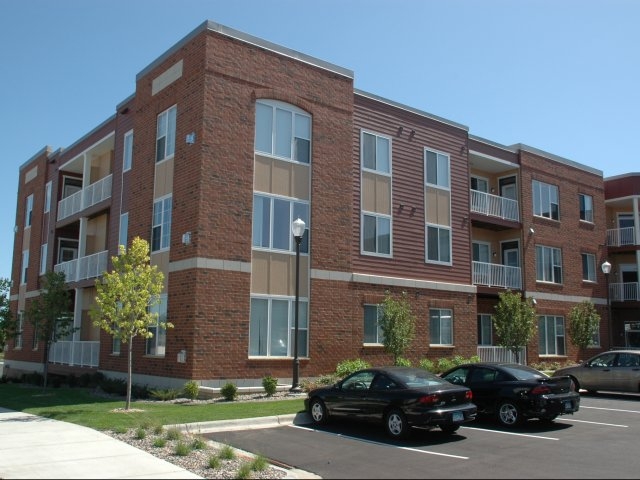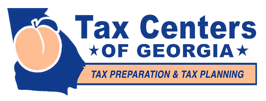Shortening The Default Time Period Is The Key
Every business owner who acquires commercial property or plant and equipment is allowed to depreciate it as it “wears out” over time. The default time period is 39 years for such property.
Business owners who acquire a building for $4 million can divide that $4 million by 39 years and allocate $100K a year to depreciation. Remember depreciation is a non-cash expense which you can use to reduce your taxable earnings each year.
If your company earned $500K before depreciation, you can deduct $100K of depreciation and now pay tax on only $400K of earnings.


Business owners don’t realize that 30-40% of the property cost can be reassigned to much shorter depreciation periods which boosts annual depreciation to the $250K per year level dramatically reducing federal taxes. That is the most powerful way to increase your cash flow now.
A depreciation schedule is supposed to reflect the actual useful life of business assets. Landscaping, computer systems, carpet, lighting, pavement, etc are examples of the many subsystems of a building that can be considered personal property and assigned much shorter depreciation lives.
The IRS allows all commercial property owners the right to accelerate depreciation on the assets that are identified as personal property through a process known as cost segregation. An analysis of these systems is called a cost segregation study.
The process of assigning the correct useful life to a specific building component is not a gray area of the tax code that is subject to interpretation between the taxpayer and the IRS.
The IRS has issued a field manual called the Cost Segregation Audit Techniques Guide which was recently updated in 2016 to speed the processing of the increasing number of cost segregation studies submitted to the IRS. It shows engineers exactly which physical components of the property should be placed into the four cost recovery periods.

Read It For Yourself
How A Typical Cost Segregation Study Is Performed.
Such a study is an IRS-defined and sanctioned approach using a combination of construction engineering and tax expertise.
The process allows commercial property owners to REDUCE FEDERAL TAXES by accelerating the depreciation on their properties by separating real (essential) and personal (non-essential) components of a building and reclassifying the depreciation on the personal items from 39 years to 5, 7, or 15 year recovery periods.
Because these studies combine both engineering, project management and tax expertise they can be expensive. This is the primary reason why CPA’s don’t recommend that each of their clients perform these studies even though the return is around 15 or 20 to 1.
Growth Management Group
Consultant not Vendor
GMG always functions as a consultant not as a vendor to achieve cost reductions for the business owners. The business owners do not have to change their existing vendors to receive the cost savings.
Large Tax Refunds Now
GMG uses its proprietary and time proven methods to show owners how to get better values from their existing vendors. This leads to large tax refunds and lower operating costs for the future.
Studies with No Upfront Cost
GMG performs these studies on a contingency basis. The owners pays nothing up front for the study and GMG only shares the savings with the business owners when the savings are realized. GMG assumes all the economic risk of doing the study.
Tax Forms Provided to Your CPA
GMG provides all additional tax forms to the business owner’s existing CPA who files the tax return for the benefit of the business owners. The business owners always maintain their existing CPA relationship.
Business Cost Reduction Too
GMG also helps business owners reduce costs such as property taxes, skyrocketing credit card processing fees, workers compensation costs and receive lucrative research and development tax credits.
Business Taxes – Frequently Asked Questions
Question: Why hasn’t my CPA told me about how much money a cost segregation study can save my business each year?
Answer: They don’t have the expertise to perform the studies.There are tens of thousands of CPA firms in the U.S. but fewer than 15 firms perform most of the cost segregation studies requiring engineering and project management expertise as well as tax knowledge.
Question: Can I have my CPA be involved in the cost segregation study process?
Answer: Absolutely. We encourage the CPA to be involved when GMG is engaged to do the studies. You will find your CPA is well aware of the benefits of cost segregation. CPA’s are naturally cost sensitive when recommending any tax saving strategy to their clients. They just don’t know these studies can be done on contingency so the client has no out of pocket cost to receive the benefits.
Question: Will this increase my risk of a business audit by the IRS?
Answer: Absolutely not. Remember cost segregation is authorized by Congress as a tool of fiscal policy to grow our economy. The more tax money refunded to business owners through cost segregation studies, the more plant and equipment can be modernized and more jobs created. The IRS is simply carrying out the will of Congress when they issue refunds as a result of cost segregation studies. Your CPA submits the study documentation received from GMG to the IRS. Once approved by the IRS, your refund check will be in the mail.
Find out how much
your tax and cost reduction savings can be

